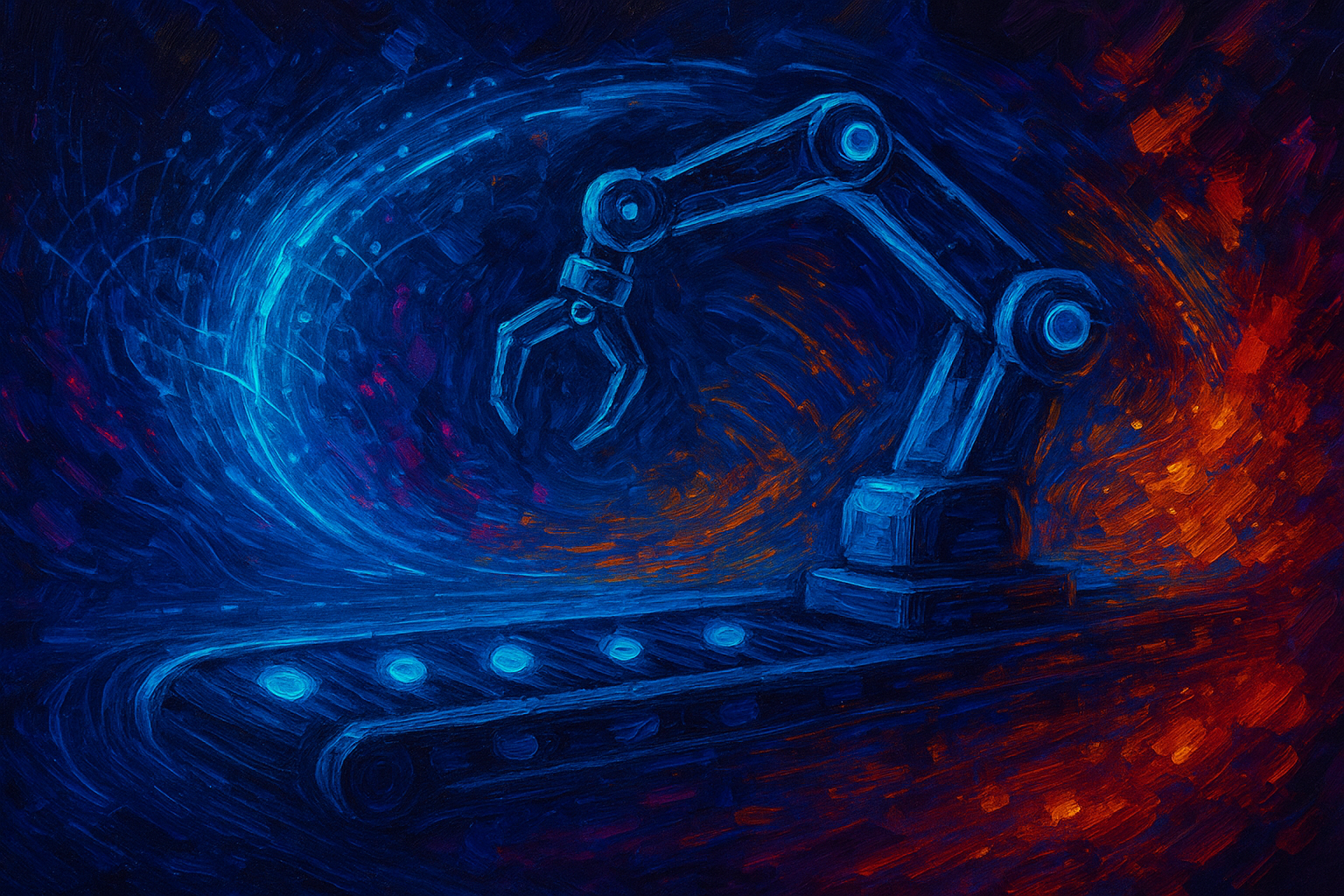AI Automation in 2025: Beyond the Hype to Hard Implementation Realities
Let's cut through the AI automation hype. By 2025, enterprises will pour $337B into AI systems, yet 85% stumble at deployment. Why? Because we're treating AI like magic instead of engineering. This isn't about shiny tools - it's about workforce transformation, governance gaps, and the dangerous assumption that automation equals understanding. I'll break down why RPA-AI integrations fail ($1.2M average losses), why 'agent bosses' need retraining, and why current governance frameworks fail at inference-time risks. Security isn't a layer you add - it's the foundation you build on. Stop chasing autonomous fantasies and start building responsible systems.

The $337B Reality Check
Let's start with cold numbers: Enterprises will drive 67% of the global $337B AI spend in 2025. That's not innovation budget - that's production-scale investment. But here's what the analysts won't tell you: 39% of organizations are still stuck in 'experimentation' mode while writing checks for enterprise deployment. This disconnect isn't just wasteful - it's dangerous.
Why? Because scaling AI automation requires confronting three ugly truths:
- Technical debt compounds exponentially when you move from POC to production
- Workforce readiness lags 18-24 months behind tool capabilities
- Security frameworks treat AI as afterthoughts rather than core architecture
We're building skyscrapers on foundations designed for bungalows.
The Deployment Chasm
Look at the data: 85% of ML models hit deployment walls. Not because of flawed algorithms, but because of operational arrogance. We keep making the same mistakes:
- Assuming data pipelines will 'just connect' to legacy systems
- Treating model monitoring as optional rather than oxygen
- Ignoring the $1.2M elephant in the room: RPA-AI integration failures
Case in point: A major bank's mortgage automation project failed because their RPA bots couldn't interpret nuanced income documents. The fix? Hiring human underwriters to clean up AI's mess. That's not automation - that's expensive delegation.
Workforce Earthquake: Humans as Agent Bosses
Here's where it gets uncomfortable: 72% of enterprises will need to retrain staff as 'AI supervisors' by 2025. But we're training people for yesterday's battles.
The new frontline isn't coding skills - it's critical oversight capabilities:
| Old Skill | New Requirement | Gap |
|---|---|---|
| Process execution | Exception diagnosis | 83% |
| Task completion | Agent orchestration | 77% |
| Compliance checking | Ethical boundary setting | 91% |
We're creating a workforce that can manage AI colleagues without understanding their 'thought' processes. That's like flying a 787 with only Cessna training.
The Consolidation Cliff
Notice the trend? Specialized AI firms face brutal consolidation. Why? Because selling 'AI solutions' without concrete implementation pathways is financial suicide. The winners won't be the flashiest tech - they'll be the companies solving actual business constraints:
- Manufacturing AI that integrates with 20-year-old SCADA systems
- Healthcare automation that navigates HIPAA-GDPR hybrid environments
- Financial models that explain decisions to regulators in plain English
The market isn't separating winners from losers - it's separating reality from fantasy.
Governance: The Invisible Crisis
Now let's talk about the elephant in the server room: We're governing AI like traditional software. That's like applying traffic laws to spacecraft.
Current frameworks obsess over pre-training risks while ignoring the real danger: inference-time reasoning gaps. When your loan approval AI starts rejecting applicants based on neighborhood demographics during Friday afternoon peak loads, that's not a data problem - that's an architectural failure.
The solution requires three paradigm shifts:
- Shift from static to dynamic governance: Continuous validation beats point-in-time certification
- Monitor decisions, not just models: Output behaviors reveal hidden risks
- Assume failure, not perfection: Circuit breakers > accuracy metrics
This isn't academic - it's operational survival. The NIST AI Risk Management Framework gets us halfway, but we need ISO-level teeth for production systems.
The Autonomous Illusion
Finally, let's kill a dangerous myth: Full autonomy isn't just risky - it's irresponsible. Recent research confirms what engineers knew instinctively: Unconstrained agents create unpredictable failure chains.
The fix? Constrained autonomy frameworks with:
- Human-in-the-loop checkpoints for irreversible actions
- Behavioral guardrails that trigger at deviation thresholds
- Cross-system kill switches that don't require API handshakes
This isn't about limiting innovation - it's about preventing $100M oopsies. Your future self will thank you.
The Path Forward: Engineering Over Magic
So where does this leave us? At an inflection point:
- Forget 'set and forget': AI automation requires continuous calibration
- Reskill ruthlessly: Human oversight is your last line of defense
- Govern dynamically: Compliance frameworks must evolve at AI speed
The companies winning in 2025 aren't those with the smartest algorithms - they're those with the most rigorous implementation disciplines. Because in the end, AI doesn't replace judgment - it amplifies it. Choose your amplification wisely.
Additional Resources:
Latest Insights and Trends
Stay Updated with Our Insights
Subscribe to receive the latest blog updates and cybersecurity tips directly to your inbox.
































































.png)



